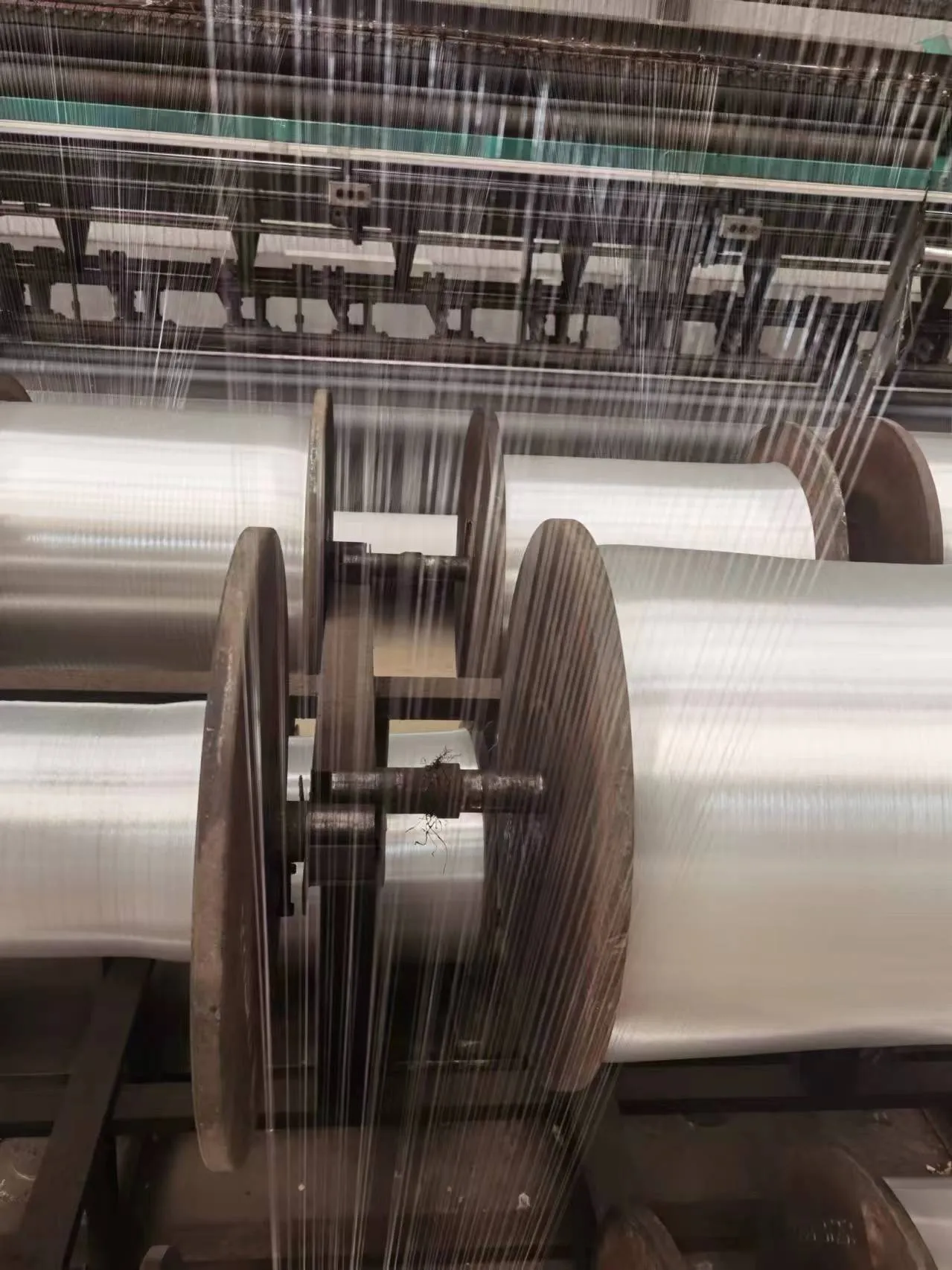-
 Afrikaans
Afrikaans -
 Albanian
Albanian -
 Amharic
Amharic -
 Arabic
Arabic -
 Armenian
Armenian -
 Azerbaijani
Azerbaijani -
 Basque
Basque -
 Belarusian
Belarusian -
 Bengali
Bengali -
 Bosnian
Bosnian -
 Bulgarian
Bulgarian -
 Catalan
Catalan -
 Cebuano
Cebuano -
 China
China -
 Corsican
Corsican -
 Croatian
Croatian -
 Czech
Czech -
 Danish
Danish -
 Dutch
Dutch -
 English
English -
 Esperanto
Esperanto -
 Estonian
Estonian -
 Finnish
Finnish -
 French
French -
 Frisian
Frisian -
 Galician
Galician -
 Georgian
Georgian -
 German
German -
 Greek
Greek -
 Gujarati
Gujarati -
 Haitian Creole
Haitian Creole -
 hausa
hausa -
 hawaiian
hawaiian -
 Hebrew
Hebrew -
 Hindi
Hindi -
 Miao
Miao -
 Hungarian
Hungarian -
 Icelandic
Icelandic -
 igbo
igbo -
 Indonesian
Indonesian -
 irish
irish -
 Italian
Italian -
 Japanese
Japanese -
 Javanese
Javanese -
 Kannada
Kannada -
 kazakh
kazakh -
 Khmer
Khmer -
 Rwandese
Rwandese -
 Korean
Korean -
 Kurdish
Kurdish -
 Kyrgyz
Kyrgyz -
 Lao
Lao -
 Latin
Latin -
 Latvian
Latvian -
 Lithuanian
Lithuanian -
 Luxembourgish
Luxembourgish -
 Macedonian
Macedonian -
 Malgashi
Malgashi -
 Malay
Malay -
 Malayalam
Malayalam -
 Maltese
Maltese -
 Maori
Maori -
 Marathi
Marathi -
 Mongolian
Mongolian -
 Myanmar
Myanmar -
 Nepali
Nepali -
 Norwegian
Norwegian -
 Norwegian
Norwegian -
 Occitan
Occitan -
 Pashto
Pashto -
 Persian
Persian -
 Polish
Polish -
 Portuguese
Portuguese -
 Punjabi
Punjabi -
 Romanian
Romanian -
 Russian
Russian -
 Samoan
Samoan -
 Scottish Gaelic
Scottish Gaelic -
 Serbian
Serbian -
 Sesotho
Sesotho -
 Shona
Shona -
 Sindhi
Sindhi -
 Sinhala
Sinhala -
 Slovak
Slovak -
 Slovenian
Slovenian -
 Somali
Somali -
 Spanish
Spanish -
 Sundanese
Sundanese -
 Swahili
Swahili -
 Swedish
Swedish -
 Tagalog
Tagalog -
 Tajik
Tajik -
 Tamil
Tamil -
 Tatar
Tatar -
 Telugu
Telugu -
 Thai
Thai -
 Turkish
Turkish -
 Turkmen
Turkmen -
 Ukrainian
Ukrainian -
 Urdu
Urdu -
 Uighur
Uighur -
 Uzbek
Uzbek -
 Vietnamese
Vietnamese -
 Welsh
Welsh -
 Bantu
Bantu -
 Yiddish
Yiddish -
 Yoruba
Yoruba -
 Zulu
Zulu
Insect Protection Mesh Cage for Effective Pest Control Solutions
The Importance of Insect Mesh Cages in Sustainable Agriculture
Insects play a pivotal role in our ecosystem, serving as pollinators and decomposers, while also being vital for maintaining the balance of various ecological systems. However, managing insect populations in agricultural settings poses significant challenges. This is where insect mesh cages come into play, offering a sustainable solution to protect crops while preserving beneficial insect populations.
Insect mesh cages, often crafted from fine netting material, are designed to create a barrier between insects and plants. These cages effectively exclude harmful pests while allowing beneficial insects, such as bees and ladybugs, to enter and perform their essential roles. This selective exclusion is crucial, as it minimizes the need for chemical pesticides, reducing the chemical burden on the environment and enhancing food safety.
One of the primary advantages of using insect mesh cages in agriculture is their ability to create a controlled environment for growing crops. By providing a physical barrier, these cages can protect delicate plants from insect damage, ensuring higher yields and better quality produce. This is particularly important for fruit and vegetable growers, who often face challenges from various pests that can decimate crops within a short period. With insect mesh cages, farmers can significantly reduce losses and maintain the integrity of their harvest.
insect mesh cage

In addition to crop protection, insect mesh cages contribute to sustainable agricultural practices by promoting biodiversity. By allowing beneficial insects to thrive within the cages, farmers can enhance pollination rates, leading to improved crop production. For instance, when bees can access flowering plants inside the cage without the threat of predation from harmful insects, they can increase seed set and fruit quality. This symbiotic relationship between plants and beneficial insects underlines the importance of incorporating such protective measures in agroecological designs.
Moreover, insect mesh cages can be used in conjunction with other sustainable farming practices, such as organic pest management and intercropping. By integrating these methodologies, farmers can create a holistic approach to crop production that minimizes environmental impact while maximizing yield. The use of insect mesh cages not only supports pest control but also encourages a natural balance between various species in the farming ecosystem.
While the initial investment in insect mesh cages may seem considerable, the long-term benefits outweigh the costs. Farmers who adopt this technology often report decreased reliance on synthetic pesticides, improved crop health, and enhanced marketability due to higher quality produce. Furthermore, as consumers become more aware of sustainable practices and seek out organic options, farmers utilizing insect mesh cages may find themselves better positioned in the market.
In conclusion, insect mesh cages play an essential role in sustainable agriculture by protecting crops from harmful pests while fostering beneficial insect populations. As the global agricultural landscape continues to evolve, integrating innovative solutions like insect mesh cages is vital for promoting environmentally friendly and productive farming practices.
-
Shipping Plastic Bags for Every NeedNewsJul.24,2025
-
Safety Netting: Your Shield in ConstructionNewsJul.24,2025
-
Plastic Mesh Netting for Everyday UseNewsJul.24,2025
-
Nylon Netting for Every UseNewsJul.24,2025
-
Mesh Breeder Box for Fish TanksNewsJul.24,2025
-
Expanded Steel Mesh Offers Durable VersatilityNewsJul.24,2025











